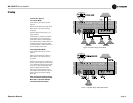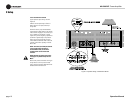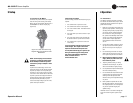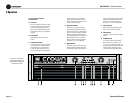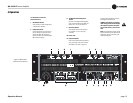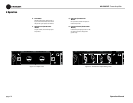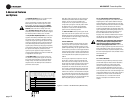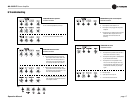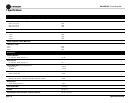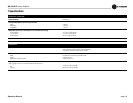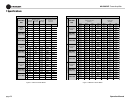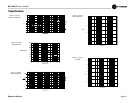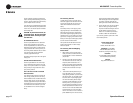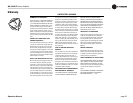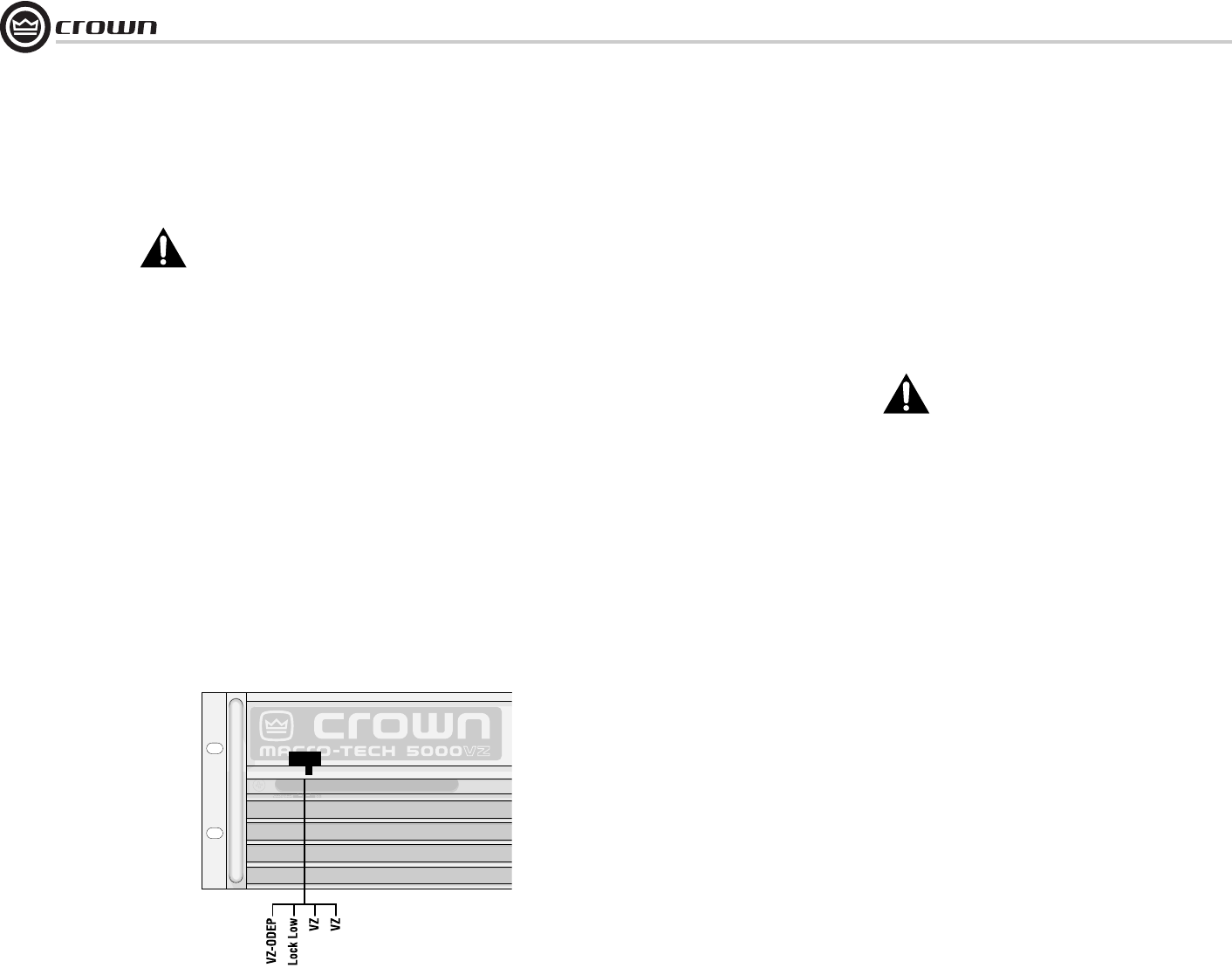
Operation Manual
MA-5002VZ Power Amplifier
page 16
The VZ Mode switches allow you to control the opera-
tion of the VZ power supply for each channel.
The VZ mode switches are located inside the amplifier
behind the top dust filter on the front panel. To access
these switches, remove the top filter element. Always
turn the power off before changing one of these
switches. Each switch has four settings (from left to
right): VZ-ODEP, Lock Low, VZ and VZ. Note: The third
and fourth positions are identical. The amplifier is shipped
from the factory with the switches set to "VZ-ODEP”.
The VZ (Variable Impedance) mode causes the power
supplies to automatically shift between high-current and
low-current modes of operation as operating conditions
change. Normally, the power supplies operate in the high-
current (low-impedance) mode for maximum thermal effi-
ciency. When voltage demand reaches highs levels, the
supplies quickly shift into high-voltage (high-impedance)
mode. Because voltage and current requirements vary with
the output level and frequency content of the source
signals, the power supplies are designed to be able to
continually switch between the two modes as needed with
no degradation to the audio signal.
The VZ-ODEP mode is very similar to VZ mode. The
only difference is that the power supplies are forced into
high-current mode when ODEP is close to activating its
limiting circuitry. This reduces excessive stress on the
output transistors, and effectively increases the thermal
performance of the amplifier.
Note: When ODEP limiting begins, the IOC circuitry will
see that the input waveform does not match the output
waveform, and an error signal is generated. If the
compressors are on, they will see the error signal and
compress the input signal to correct the problem. When
this happens, there is no audible signal degradation.
Compression is subtle, and not noticeable unless the
system is driven to extremely high levels.
The Lock Low mode locks the power supplies into the
high-current mode for low-impedance loads. This may be
desirable when driving high-frequency transducers that
must be protected from too much voltage, or when driving
loads with very low impedances.
5.2.3 ILoad/ILimit
The ILoad/ILimit feature is designed to help you get the
maximum power out of your amplifier. In the real world,
loudspeaker impedance varies with frequency, and loud-
speaker impedance ratings are only approximations. With-
out ILoad/ILimit, you have to do some lengthy calculations
to approximate the maximum number of loudspeakers you
can drive with the amplifier—and this does not allow for a
4 ohm loudspeaker whose impedance drops below 2 ohms
at 80 Hz.
This is why your amplifier has ILoad/ILimit. The ILoad
function turns a channel’s ILoad/ILimit indicator green
when it senses current is flowing to the load. The ILimit
function turns the indicator red when it reaches maximum
current output. This makes it possible to connect real
loudspeakers and conduct realistic tests to find the maxi-
mum number of loudspeakers that should be connected.
To do a test like this, you can operate under worst-case
conditions and continue to connect additional loudspeak-
ers in parallel with each output until the ILoad/ILimit indi-
cator turns red. The optimum load is achieved before the
ILoad/ILimit indicator turns red, so disconnecting the last
added loudspeaker gives you an optimized load.
5.2.4 Loudspeaker Offset Integration
Loudspeaker Offset Integration (LOI) circuits use double
integrating filters in the amplifier’s feedback circuitry to
protect loudspeakers in several different ways. First, they
center asymmetrical audio waveforms that cause off-center
woofer cone movement. Off-center cone movement
increases loudspeaker heating and distortion while reduc-
ing the loudspeaker’s power handling ability. Second, LOI
filters unwanted DC and subsonic frequencies using a
third-order Butterworth filter with a 35 Hz corner
frequency. Third, LOI filters unwanted ultrasonic frequen-
cies (RF) that can cause tweeter burnout using a second-
order Bessel filter with a 50 kHz corner frequency.
IMPORTANT: The Loudspeaker Offset Integration
circuitry does NOT protect loudspeakers from
large transient voltages or excessive power
levels for prolonged periods of time. Crown is not
liable for damage or personal injury that results from over-
driving loudspeakers or other system components. For
information on techniques to protect loudspeakers, refer to
the Crown Amplifier Application Guide, available online at
www.crownaudio.com.
5.3 Options
5.3.1 PIP™ Modules
Versatile PIP (Programmable Input Processor) modules
provide flexible expansion features that can be added to
customize the amplifier. PIP modules plug into the
connector inside the back panel of the amplifier. PIP
modules are available with features ranging from error-
driven compressor/limiters to IQ control. Your amplifier is
a PIP2
amplifier, which means it can take advantage of the
many advanced features found in PIP2 modules, as well as
all standard PIP modules. Visit the Crown website at
www.crownaudio.com, or contact Crown Customer
Service, for descriptions of available PIP and PIP2
modules.
5 Advanced Features
and Options
Figure 5.1 Channel 1 VZ Mode Switch (Behind Filter)




